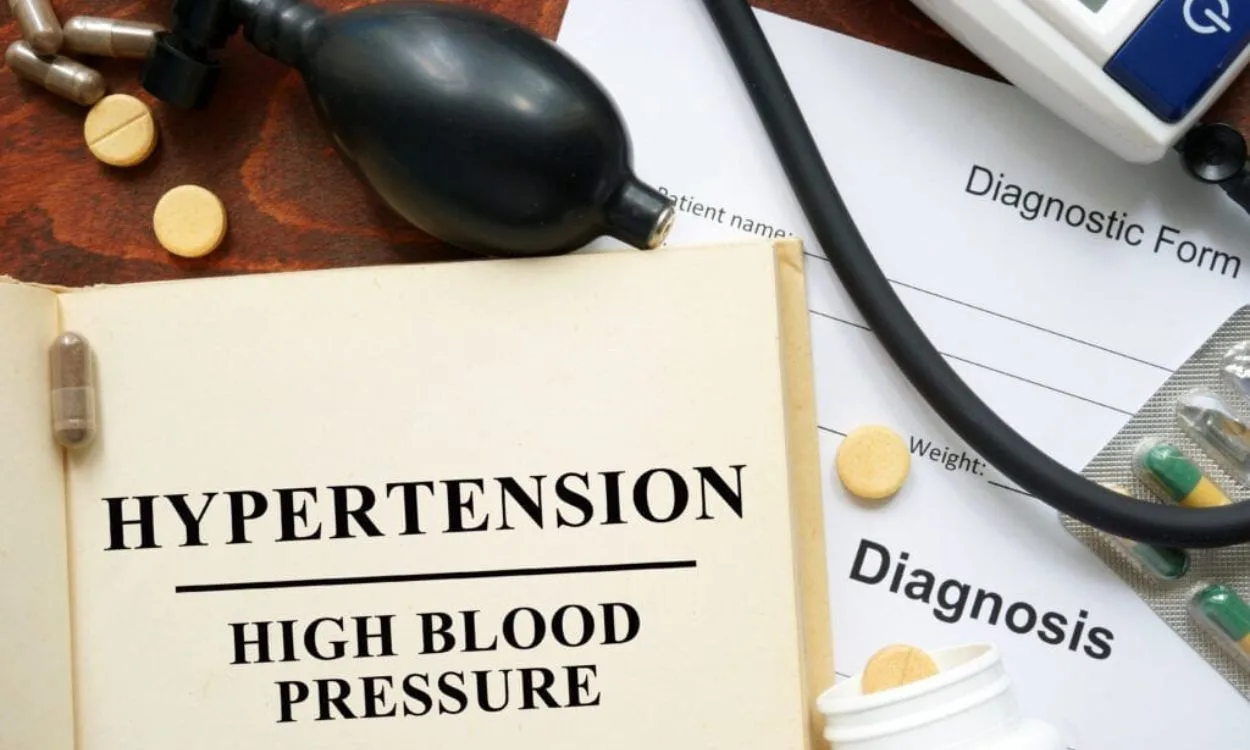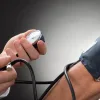Can Hypertension be a Secondary Condition Caused by Other Health Issues?
Hypertension, or high blood pressure, is a common health condition that affects millions of people worldwide. It occurs when the force of blood against the walls of the arteries is consistently too high. While primary hypertension is the most common type, which is not caused by an underlying health condition, secondary hypertension is less common and is caused by other underlying health issues.
In this article, we will explore the concept of secondary hypertension and discuss some of the health conditions that can lead to its development. It is important to note that this article is customized for the Indian population and all metrics mentioned will use the Indian metric system.
Understanding Secondary Hypertension
Secondary hypertension refers to high blood pressure that is caused by an underlying health condition or factor. Unlike primary hypertension, which has no specific identifiable cause, secondary hypertension can be attributed to specific physiological factors or diseases.
Secondary hypertension accounts for about 5-10% of all hypertension cases. While primary hypertension is often associated with lifestyle factors such as poor diet, lack of exercise, and stress, secondary hypertension is typically related to an underlying health issue.
Health Issues that can Cause Secondary Hypertension
- Kidney Disease: One of the most common causes of secondary hypertension is kidney disease. When the kidneys are not functioning properly, they may have difficulty regulating the body’s fluid and salt balance, leading to high blood pressure.
- Hormone Disorders: Certain hormone disorders, such as Cushing’s syndrome or hyperthyroidism, can contribute to the development of secondary hypertension. These conditions impact the body’s hormone levels, which in turn affect blood pressure regulation.
- Sleep Apnea: Sleep apnea, a sleep disorder characterized by pauses in breathing during sleep, has been linked to secondary hypertension. The interrupted breathing patterns can cause a temporary increase in blood pressure.
- Medications and Supplements: Certain medications and dietary supplements may cause secondary hypertension as a side effect. Examples include nonsteroidal anti-inflammatory drugs (NSAIDs), oral contraceptives, decongestants, and certain herbal supplements.
- Pregnancy-Induced Hypertension: Pregnancy-induced hypertension, also known as gestational hypertension, is a form of secondary hypertension that occurs during pregnancy. It can lead to complications for both the mother and the baby if left untreated.
- Chronic Alcohol Consumption: Excessive and chronic alcohol consumption can contribute to the development of secondary hypertension. Alcohol disrupts the normal functioning of the cardiovascular system and can raise blood pressure levels.
- Coarctation of the Aorta: Coarctation of the aorta is a congenital heart defect characterized by a narrowing of the aorta. This narrowing can cause an increase in blood pressure in the arteries beyond the point of constriction.
Managing Secondary Hypertension
The management of secondary hypertension involves addressing the underlying health condition or factor that is causing the high blood pressure. Treatment plans may vary depending on the specific cause but can include a combination of lifestyle modifications and medical interventions.
In some cases, treating the underlying health issue may lead to a resolution of the secondary hypertension. For example, controlling blood sugar levels in individuals with diabetes can help manage hypertension associated with the condition.
It is important to work closely with a healthcare professional to develop an individualized treatment plan for secondary hypertension. Regular monitoring of blood pressure levels and adherence to prescribed medications or lifestyle changes are crucial for long-term management.
Fitpaa: Helping You Manage Secondary Hypertension
If you are looking for a comprehensive approach to managing your secondary hypertension, Fitpaa can provide personalized support and guidance. Fitpaa’s AI-driven technology and expert team of fitness coaches, nutritionists, and doctors can help you achieve your health and fitness goals while also addressing your hypertension.
With Fitpaa, you can:
- Take the Metabolism Assessment: Identify the root cause of your health condition by assessing your current metabolism. This assessment can provide valuable insights into the factors contributing to your secondary hypertension.
- Get Your Fitpaa Capsule: Based on your metabolism, health goals, lifestyle, and eating habits, Fitpaa will prepare a personalized Fitpaa Capsule. This comprehensive plan combines medical therapy, exercise therapy, nutrition therapy, and cognitive behavioral therapy to optimize your metabolism and help you achieve your health and fitness goals.
- Take Fitpaa Capsule Daily: The Fitpaa mobile app provides real-time guidance and tools to help you follow your Fitpaa Capsule. With features such as a virtual workout trainer, diet tracker, performance tracking, and progress tracking, the app makes it easy to stay on track and monitor your progress.
Fitpaa’s goal-oriented services come with lifetime validity, ensuring that you have the support you need for long-term management of your secondary hypertension.
Download the Fitpaa App and Start Your Journey
If you are ready to take control of your secondary hypertension and achieve your health and fitness goals, download the Fitpaa app today. Fitpaa’s purpose-driven approach and personalized support can help you transform your life and improve your overall well-being.
Remember, managing secondary hypertension requires a holistic approach, addressing both the underlying health condition and lifestyle factors. With Fitpaa’s guidance and expertise, you can navigate this journey with confidence and achieve long-term success.
Take the first step towards a healthier future by downloading the Fitpaa app now. Your well-being is our mission, and we are here to support you every step of the way.









